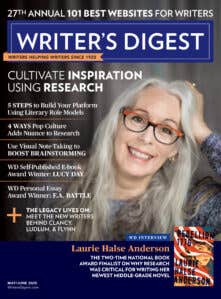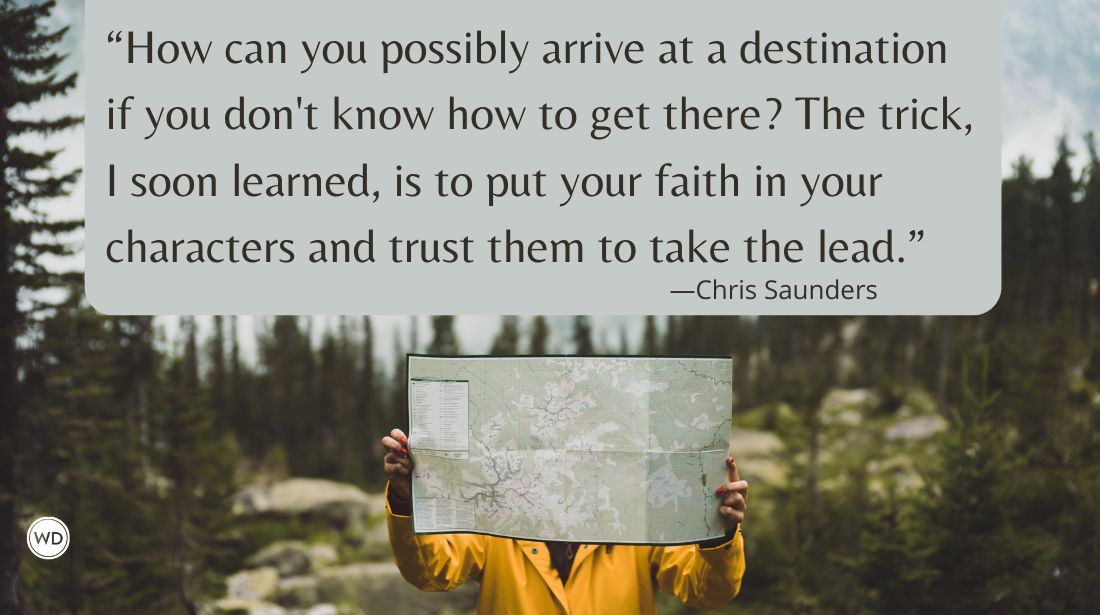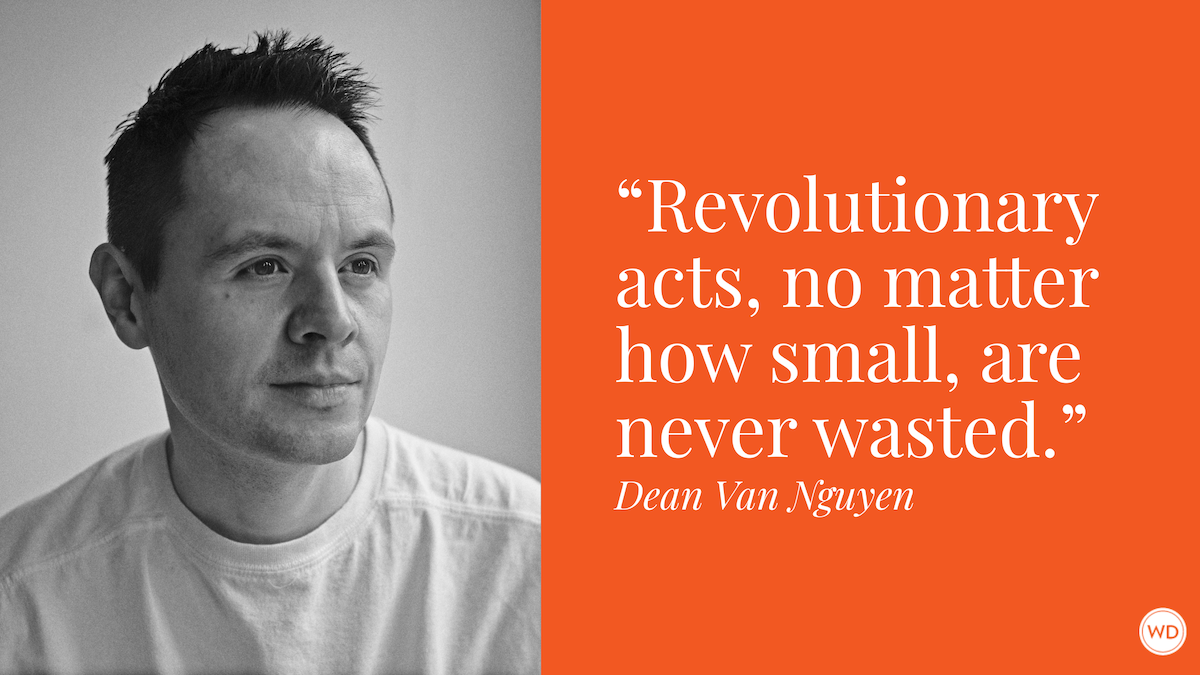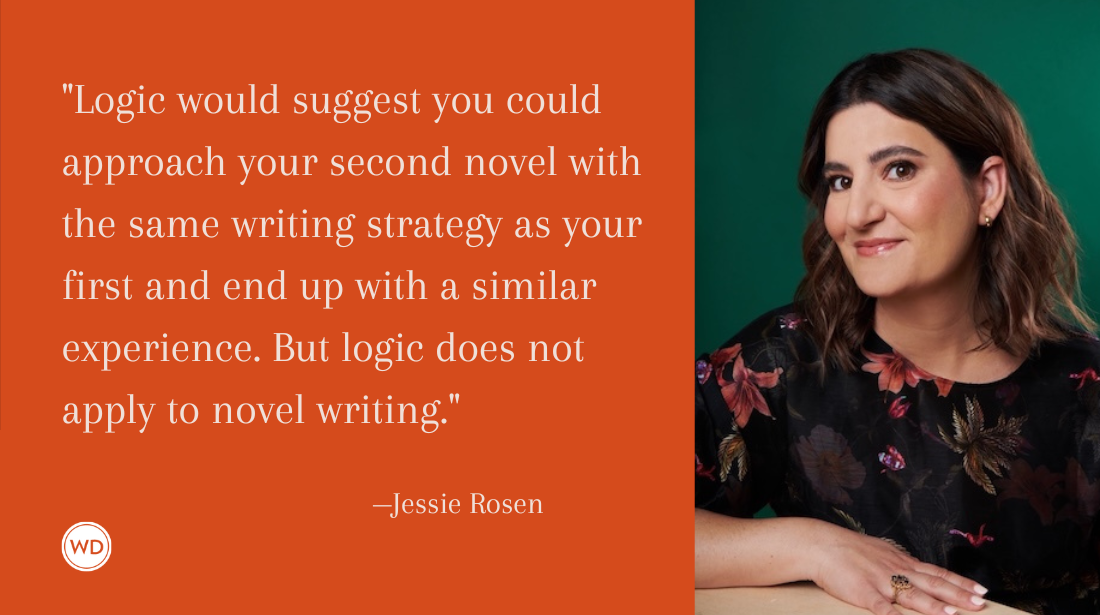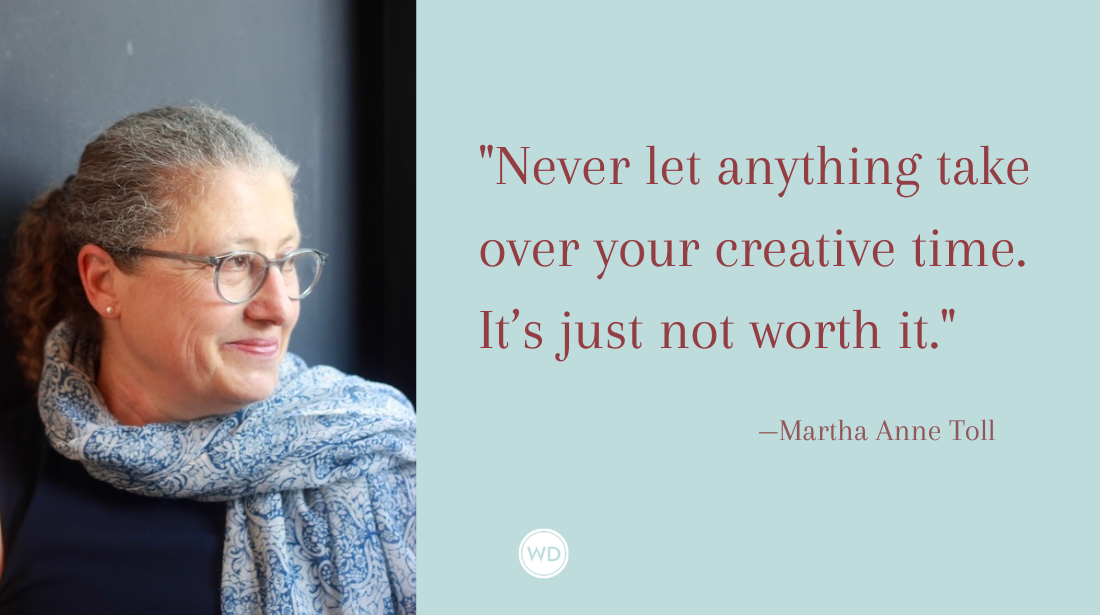Are Bloggers the New Gatekeepers in Publishing?
Today’s Q&A is with Michelle Black, who is the author of six novels set in the Victorian West. Aside from writing, she has been known to practice law, own a…
Today's Q&A is with Michelle Black, who is the author of six novels set in the Victorian West. Aside from writing, she has been known to practice law, own a bookstore, publish a Cheyenne language course, and snowboard. She and her husband divide their time between a home near Boulder, Colorado, and a horse ranch outside Kansas City.
--
In 2001 Macmillan released your novel An Uncommon Enemy. Unfortunately, its release coincided with 9/11, and it didn't really go anywhere. So you decided to give it another life as an e-book. Before we talk about the results from that, let's talk about how you got the rights back and how you converted it to e-book format. What work or expense was involved in the re-release?
The terms of a rights reversion are typically spelled out in every author’s contract. Usually there is a term of years involved (in my case, five years from the date of publication), and proof that the book is no longer “in print.” The author can then formally request in writing for a reversion of the rights to the book. The publisher must either grant the reversion or prove that the book is still commercially available.
Last year, I was shopping a new historical mystery novel around the marketplace and began studying the recent developments in the publishing world. While I eventually placed that novel, Séance in Sepia, with a commercial publisher (who will bring it out in hardcover in October 2011), I got excited about the possibility of giving An Uncommon Enemy a new life.
I was an early adopter of the electronic book format. I bought one of the first dedicated electronic readers—the Rocket eBook in 1998. I fell in love with the Kindle soon after it was introduced and knew that the world of electronic books was finally coming into its own.
I next set myself to the task of learning the proper formatting techniques to create a digital book. My manuscript was saved as a Word document—an essential first step for everyone—but it was still a long way from publishing-ready. Like many authors writing years ago without any thought of electronic publishing, I had not paid attention to formatting. If a page “looked good” when it came out of the printer, that was all I cared about.
I was in for some considerable work. That manuscript that looked so nice on the printed page was actually riddled with hidden, random codes that would render an e-book unintelligible. I found the best advice for making the necessary changes at Smashwords.
Once the formatting issues were hurdled, I focused on where and how to publish the novel. Many websites charged hundreds, even thousands of dollars to “publish” a book. Because the popularity of self-publishing has exploded in the last year, numerous companies are trying to cash in on the phenomenon.
I quickly narrowed my search solely to sites offering to upload my book for free. I chose Amazon’s Kindle first, both because I love reading books on my Kindle, but also because of the attractive 70% royalty Amazon is currently offering. This would allow me to charge a modest price for my book and still make a royalty almost comparable to the hardcover royalty I originally earned through my New York publisher.
I also chose to use Smashwords because I wanted my book available for my iPad, and a number of other e-book formats. (Smashwords has since added a Kindle publishing feature, but when I first started, it did not.)
Both Kindle and Smashwords charged me nothing—nada, no dollars—to publish my book. I want to emphasize this because I worry about all the newbie authors out there who will try “self-publishing” sites or services that have more in common with old-fashioned subsidy publishers than true self-publishing vehicles.
When other writers ask my advice, I always send them straight to the Writer Beware website so they can check the latest information on this.
?A blog's coverage of your novel—on Kindle Nation—was the linchpin for your book becoming more visible and achieving #1 in the Western category across all formats on Amazon. How did you get that coverage?
Kindle Nation offers a program called “Free Kindle Nation Shorts.” The editor, Stephen Windwalker, will read your novel and, if he likes it, will review it and publish a sample of it for all the subscribers to his Kindle Nation blog.
He liked An Uncommon Enemy and gave it a wonderful endorsement. Kindle Nation subscribers must have liked the first chapter because the book began selling within hours.
By the next day, the Amazon rankings for the book jumped from #124,000 to #127 in the Kindle Store. For the genre rankings, the book rose to #7 for historical novels and #1 for Western books.
For one brief, shining moment—well, actually about two weeks—my poor, beleaguered book was rubbing shoulders with icons like Cormac McCarthy. It was exhilarating, to say the least.
?In what we both agree is an ironic counterpoint, Macmillan released the third book in the series, The Second Glass of Absinthe, in paperback and Kindle versions, the same week you released An Uncommon Enemy. Sales-wise, your re-release is kicking the ass of the new release. What do you attribute this to? (And I assume this timing, on your part, was intentional? A brilliant move.)?
The timing was intentional only because I thought the Macmillan (Tor/Forge) release might help my book out. It never occurred to me that the reverse might be true!
I admit I am perversely enjoying the fact that my maiden effort is ranked 100,000 places ahead of its Big Six rival. Of course, I also admit that it is silly—I am competing against myself and should want both to do well. But I am taking a bit of David-versus-Goliath pride in my recent success.
But seriously, why is this occurring? The power of that blog review cannot be overstated. Agents and publishers used to be called the gatekeepers on the publishing world. With the advance of self-publishing, are bloggers the new gatekeepers?
Kindle Nation’s Windwalker insists, "Feedback is the filter"—that online consumers will make their reading choices based on reader feedback rather than publishing houses making these decisions for them.
I think price is another major issue. An Uncommon Enemy is listed for $2.99. The Macmillan book costs $7.99. As a consumer, I think their price is too high.
Those who follow publishing news know that Macmillan has been particularly vocal on the subject of e-book pricing and sparred publicly with Amazon on the issue earlier this year. I think they should take a hard look at my example and draw what conclusions they wish.
?I'm curious what the folks at Macmillan think—are they happy for you, or kicking themselves? Or maybe both. One must assume, in a book series, that
a rising tide lifts all boats??
I hope that they are happy for me. My relationship with Macmillan (Tor/Forge) was an exercise in good news/bad news. First and foremost, I am grateful to them for publishing three of my novels. The books were beautifully designed and I was well-compensated for them.
On the other hand, I lost three editors in three years. Three orphaned books at the same house must be some kind of publishing record. (I can laugh about it now, but I certainly didn’t enjoy it when it happened.)
Between 2001 and 2010, how would you characterize your activity as a marketer and promoter of your work? What kinds of online activities are/were you engaged in?
The vast array of social networking options available now are the biggest change from my experiences earlier in the decade. Today I love doing what I call “pajama marketing.” In other words, meeting, talking, and exchanging information with readers, colleagues, publishers, and media outlets—all while setting at my breakfast table, sipping my morning coffee. This is just a fabulous gift.
As far as which activities bear the most fruit, I think it is too early to gauge. Most of these resources are still in their infancy. Facebook is only six years old, Goodreads is four. Amazon is an “old-timer” at fifteen. All of them offer marvelous networking and marketing opportunities.
One online activity I have recently come to love is blogging. I started a blog last spring at the suggestion of my web designer. I didn’t know what I was doing or what I wanted to accomplish, but in the last couple of months, I have grown to love it.
It is still in its formative stages, but I know that it is developing into a wonderful creative outlet for me. If it ultimately benefits my writing career, whether to introduce more readers to my work, or simply as a conduit to learn and make contact with others for my own personal growth, that would be an additional gift.
?You're working in a genre that many consider next-to-unmarketable (or unpublishable): Western. How do you meet this challenge, or what's your advice for writers who are either working across genres (uncategorizable work) or passionate about writing in an unpopular category??
Genre labeling can help readers find books, but it can hurt sales when a book is misidentified or, worse, does not slot neatly into any genre. My book was not a “western” in the genre sense at all, but rather a historical novel that just happened to be set in the American West.
A telling remark Stephen Windwalker made when reviewing An Uncommon Enemy for Kindle Nation was this:
If I weren't for my efforts to be genre-agnostic, I probably would not have gotten hooked on this novel. But the fact is that it can't be pigeon-holed in a genre; it's just a great story, well told, with totally unexpected, astonishingly well-imagined characters.
Bless the blogosphere for providing a platform by which a story that was shoe-horned into an unpopular genre could be showcased to a general reading population.
That said, modern digital publishing, both e-books and print on demand, turn the economics of traditional publishing on its ear. Commercial publishers have always relied upon offset printing to create books. This system mandates large press runs (and large sales) to make the venture commercially feasible.
Digital publishing, on the other hand, requires little upfront expense after the initial editing, copyediting, and cover design. Books that might never garner a mass audience now have an opportunity to put their work before the public. This was not possible before.
Fortunately for me, my most recent novels have gravitated to the historical mystery genre, but my imagination is restless. My current work-in-progress heads for Steampunk territory. That’s going to be fun.
So, now that you've tasted success by publishing your work independently, are you less inclined to go the traditional publishing route for future works? Why or why not??
I think the most exciting aspect of publishing right now is the wide array of avenues available to authors. As I mentioned, I have already sold my next book, Séance in Sepia, to a traditional press, but I hope to use the skills I have gained through my digital experiment with An Uncommon Enemy to increase my own options with that work as well. Since that publisher focuses on hardcover format, one year after the publication of Séance, I may be publishing the book in e-book and print-on-demand formats.
Anything else?
Just got the proofs for the print-on-demand version of An Uncommon Enemy. The adventure continues.
Go check out Michelle Black's blog, The Victorian West, or read more about An Uncommon Enemy at Amazon.
Jane Friedman is a full-time entrepreneur (since 2014) and has 20 years of experience in the publishing industry. She is the co-founder of The Hot Sheet, the essential publishing industry newsletter for authors, and is the former publisher of Writer’s Digest. In addition to being a columnist with Publishers Weekly and a professor with The Great Courses, Jane maintains an award-winning blog for writers at JaneFriedman.com. Jane’s newest book is The Business of Being a Writer (University of Chicago Press, 2018).


